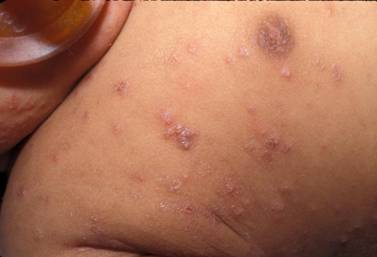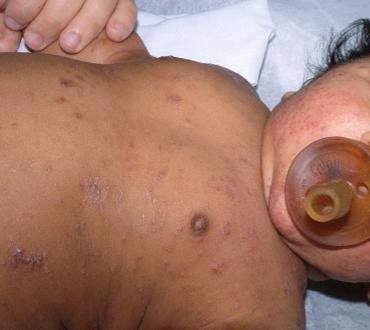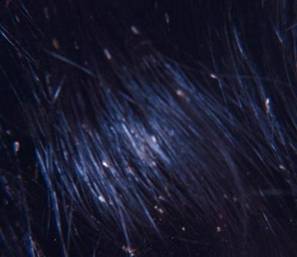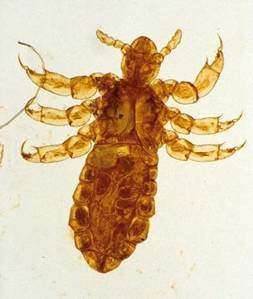Parasitic
Scabies
Scabies is an infestation of the mite Sarcoptes scabiei, usually spread by close skin-to-skin contact, and characterized by intractable pruritus. Patients without severe symptoms can simply be carriers. The diagnosis should be considered in a patient of any age with persistent generalized pruritus.


Pediculosis
Pediculosis is caused by blood sucking lice. Different species prefer different body parts.
The injected saliva often causes pruritus. Sites of feeding may present as red macules, papules, or papular urticaria with central hemorrhagic puncta.
Pediculosis capitis (head lice) is an infestation of the scalp by the head louse. It often presents with pruritus and nits, which are oval, grayish-white egg capsules. Pediculosis pubis (pubic lice) is an infestation of hair-bearing areas other than the scalp, most commonly the pubic area, but it can include the chest, axillae and upper eyelashes. Pediculosis corporis (body lice) affects those people who do not change clothing or bedding and have poor hygiene. The louse lives in clothing and bedding and visits the human host only to feed.

Nits

Pediculus humanus